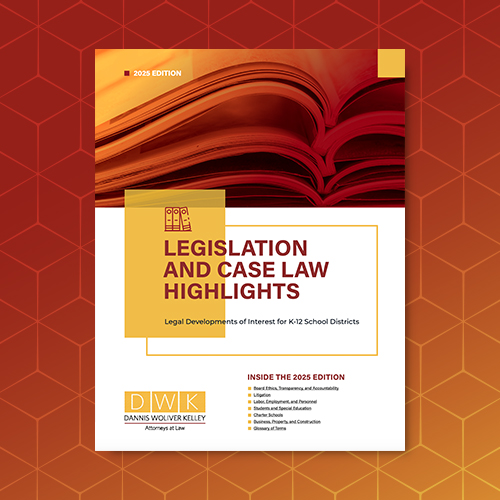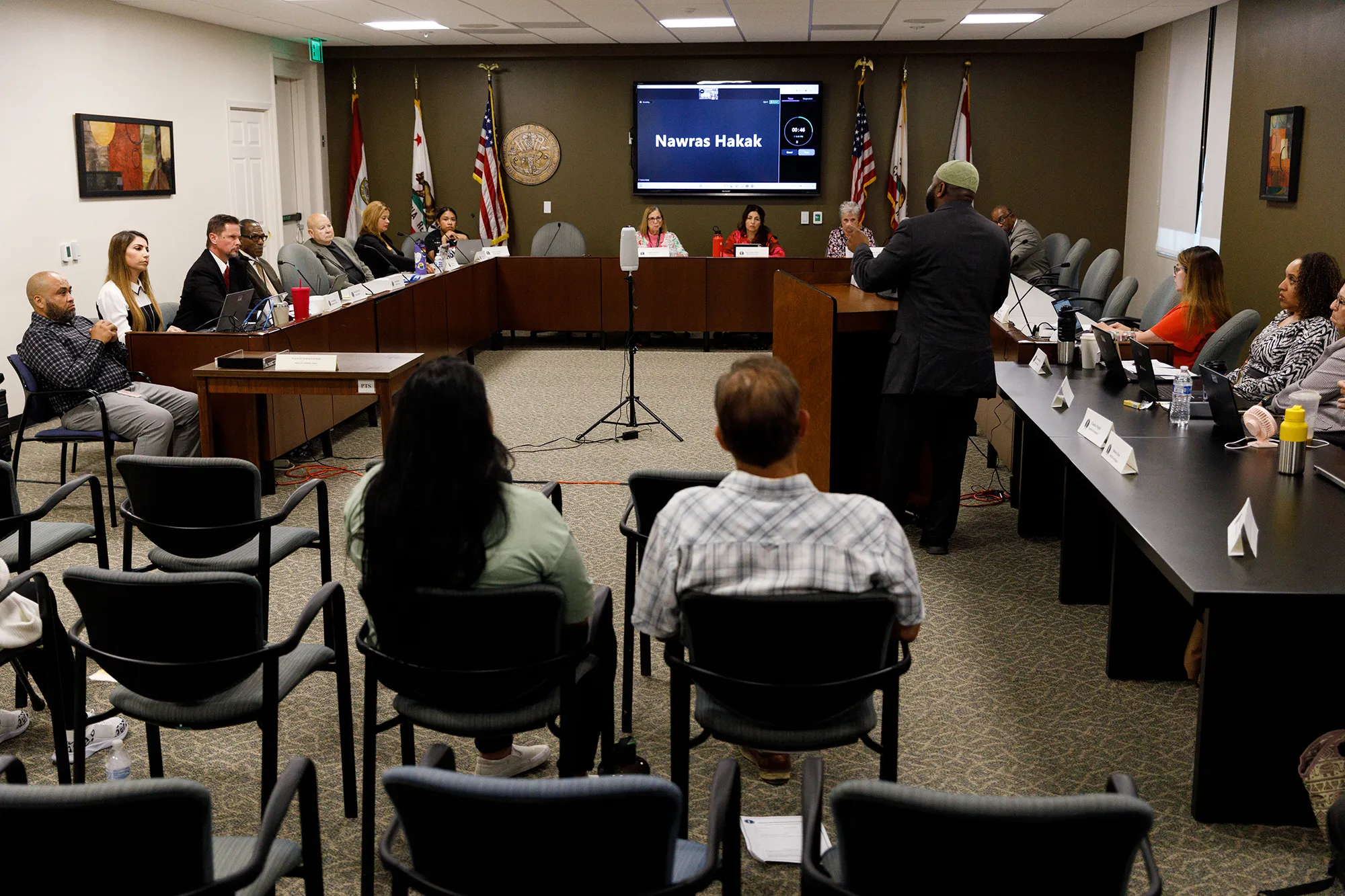AB No. 48 (O’Donnell) places the “Public Preschool, K-12, and College Health and Safety Bond Act of 2020” on the March 2020 statewide ballot. Recently designated by the California Secretary of State as “Proposition 13,” if approved by a majority of California voters, the proposition will provide $15 billion for new construction and modernization to K-12 school districts, community college districts, and the Cal State and University of California higher education systems. Proposition 13 would provide additional school facilities funding and continue the School Facility Program (SFP), as bond authority from Proposition 51 has already been exhausted.
Specifically, Proposition 13 would authorize $9 billion in capital funding for K-12 school districts, and $2 billion in funding for community college districts and the Cal State and University of California systems. The $9 billion designated for K-12 school districts would be allocated as follows: $2.8 billion for new construction, $5.2 billion for modernization (including $150 million specifically set aside for lead in water testing and remediation), $500 million for career technical education facilities, and $500 million for charter school facilities.
State Grants and Use of Funds
If Proposition 13 is approved by voters, the SFP allocating the funding will change significantly. First, the SFP will provide higher state per-pupil grant amounts, on a point scale basis, that takes into consideration district bonding capacity and the Local Control Funding Formula’s unduplicated pupil percentage, ranging from 50-55 percent for new construction and 60-65 percent for modernization projects. Further, it expands the permissible uses of grants to include seismic mitigation and studies, school kitchens, preschool and TK classrooms, and on-site technology infrastructure needs, but expressly prohibits use of grant funds to purchase portable electronic equipment with a life cycle of less than three years. The SFP will also impose an audit requirement for any project funded by the Proposition 13 bond.
Local Bonding Capacity, Financial Hardship Eligibility, and Other Assistance
If Proposition 13 is approved by voters, school district bonding capacity will be increased from 1.25 percent to 2 percent for non-unified school districts, and from 2.5 percent to 4 percent for unified school districts and community college districts, subject to certain conditions. Additionally, the bonding capacity threshold used to determine a school district’s eligibility for financial hardship assistance funding will change, and the definitions for financial hardship will expand, increasing the number of school districts that could qualify. A new Small School District Assistance program will be created to assist small school districts in applying for state bond funds. Likewise, temporary facility assistance for school districts that have been impacted by natural disasters will become available.
Conditions of SFP Participation and the Project Application Process
If Proposition 13 is approved by voters, the conditions for a school district to participate in the SFP will be modified. Specifically, in order to participate in the SFP, a school district must first submit a five-year school facilities master plan that meets specified criteria, including an inventory of existing facilities and capacity, projected enrollment, a capital planning budget, and a verification of assessed value, among other requirements.
Likewise, significant changes will be made to the project application process. Instead of processing and reviewing New Construction and Modernization funding applications in the order received, the Office of Public School Construction (OPSC) would process applications in four annual cycles, giving priority to facility projects that address health and safety issues, lead in water, overcrowding, deferred maintenance, and financial hardship projects. Within each of the priorities, projects subject to a project labor agreement are also prioritized.
Developer Fees
Finally, approval of Proposition 13 will result in considerable changes to developer fee laws. In particular, a school district’s ability to impose Level 3 developer fees would be suspended until January 1, 2026, from the earlier of January 1, 2021, or when the full amount of state bond funds are expended or apportioned. Additionally, multi-family development projects within one-half mile of a major transit stop will be exempt from payment of developer fees until January 1, 2028, while all other multi-family development projects would receive a 20 percent reduction in developer fees.
DWK attorneys will be closely monitoring the impacts and outcomes of AB No. 48 as we head towards the March 2020 election. If you have questions about AB No. 48 or Proposition 13, please do not hesitate to contact a DWK attorney in our Business, Property, Public Finance or Construction practice groups.




